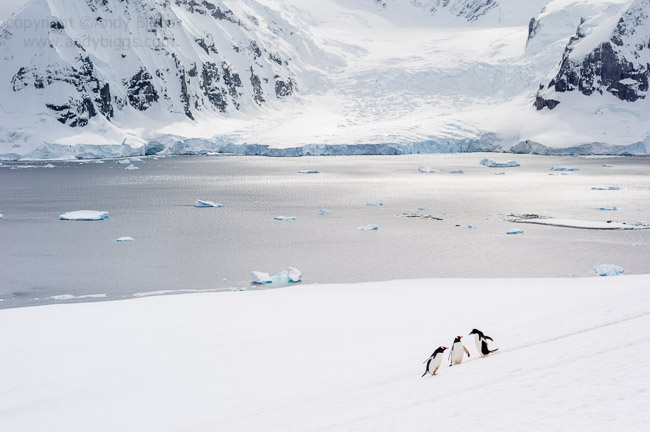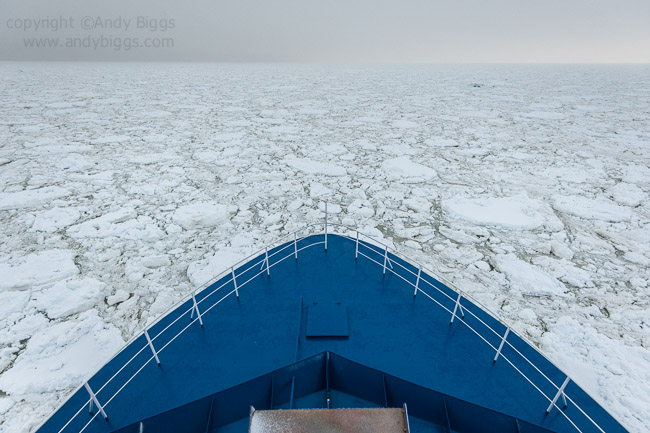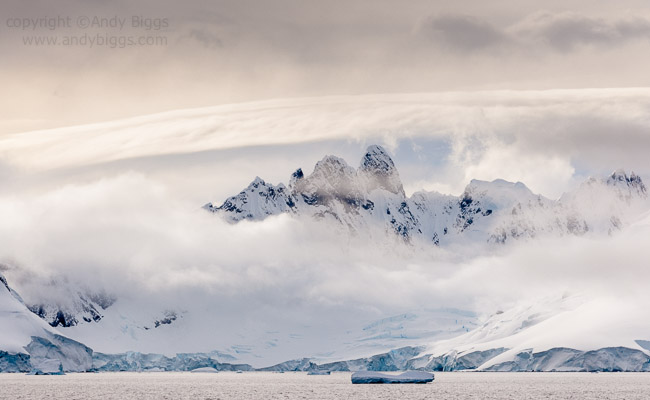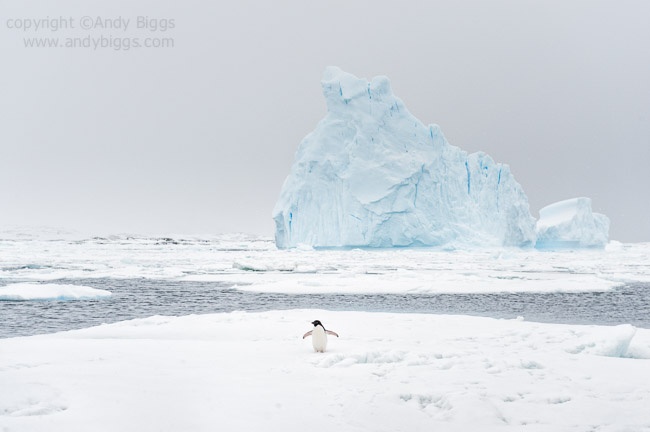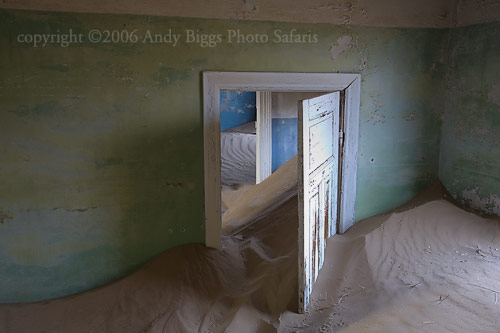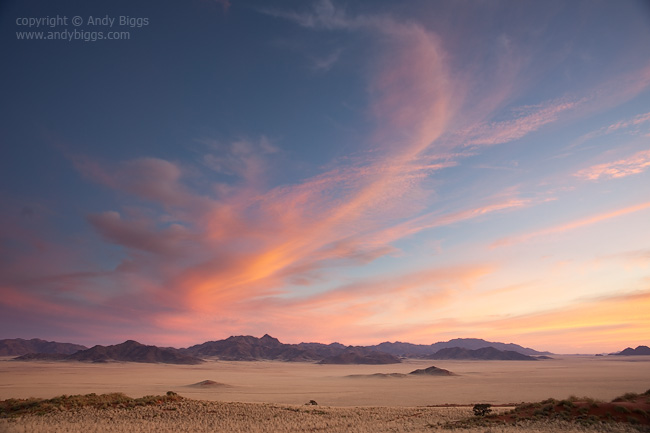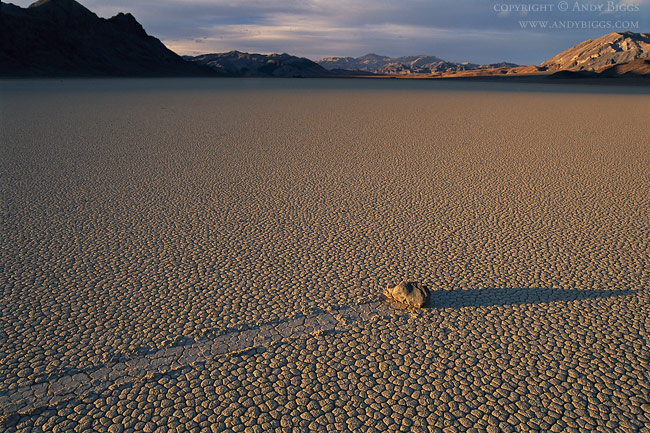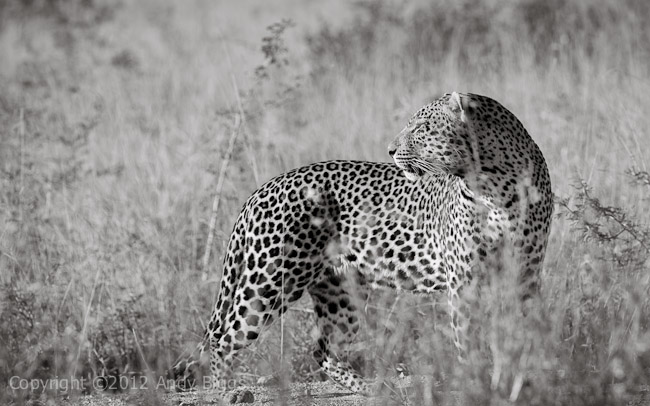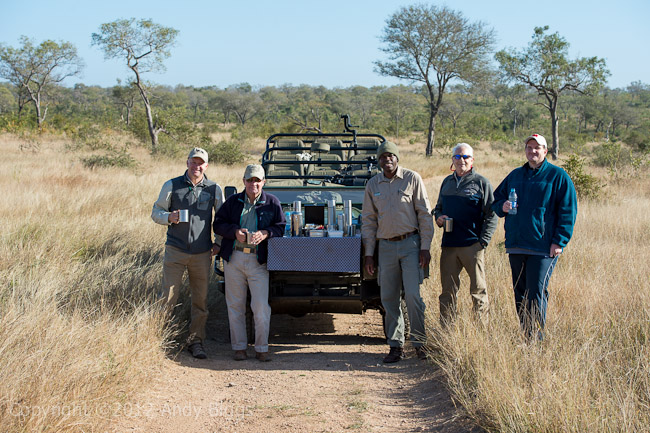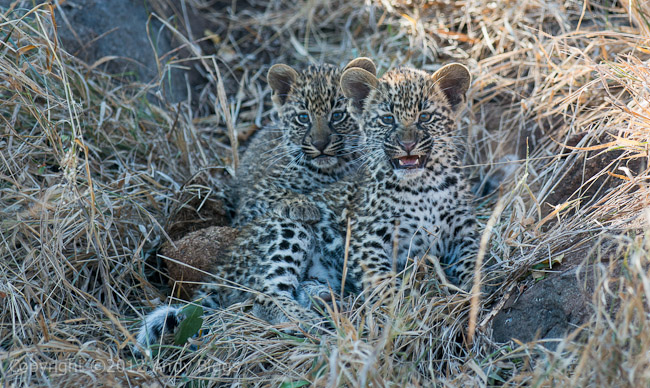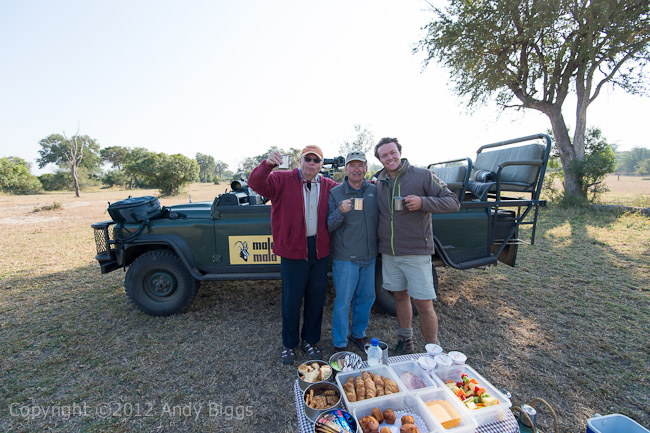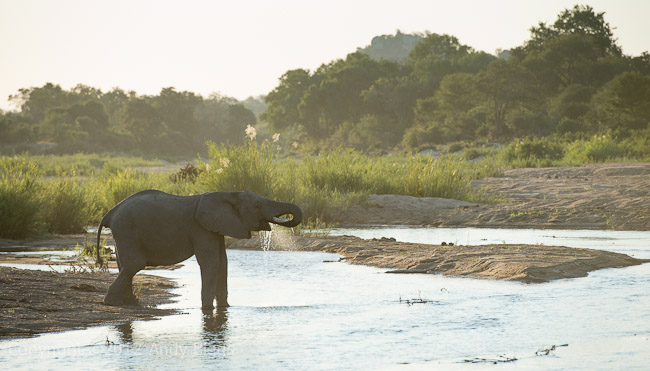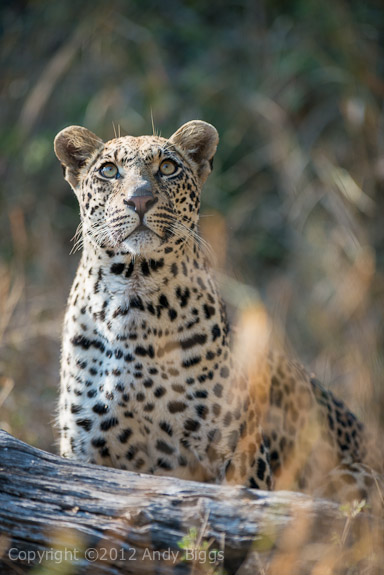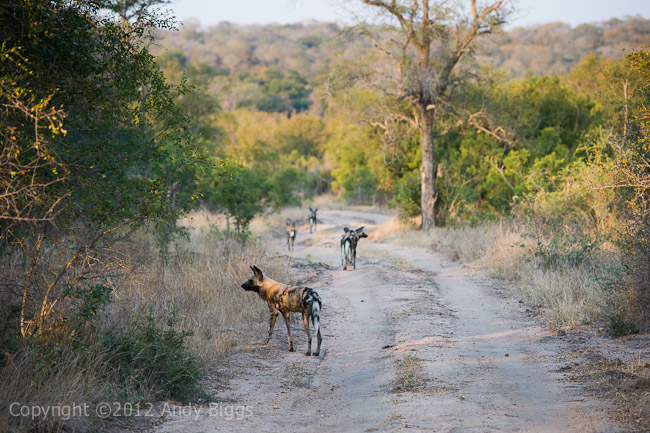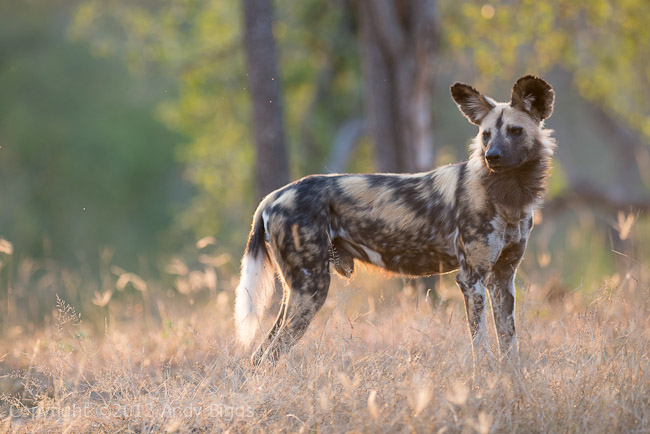Fine Art Photo Processing Sessions! New Dates Added
 Sunday, February 1, 2015 at 04:20PM
Sunday, February 1, 2015 at 04:20PM I have been doing 1-on-1 sessions for quite a few years now, and the best feedback I have received from past participants is a willingness to spend more time in my studio past 1 day, without breaking the bank. Well, here is my plan for the rest of 2015 with this feedback in mind.
The Dates
- April 6-8
- July 14-16
- August 25-27
The Plan
I am going to host a series of 3-day Fine Art Photo Processing Sessions in my studio in Houston. Each session will be limited to only 2 or 3 people each. We will work diligently on the processing of creating the absolute best quality images and prints possible. We will work on color images. We will work on images for black and white. And we will create proof prints and large prints alike. And you will go home with a large number of prints.
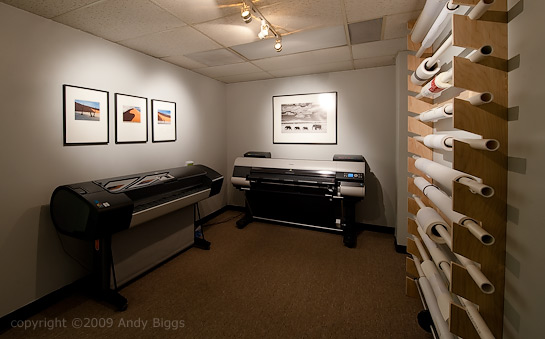
What Is Included
These 3-day sessions will include mid-day meals, all materials including ink and paper, and all you need to do is show up. I do prefer you show up with your own computer, as we will optimize your machine for the best color possible, which you will enjoy when you are back in your own environment. I have a *ton* of printing equipment from 13” printers all the way up to 44”. I am likely to have your exact printer model if you are using Epson, Canon or HP printers.
The Cost
These sessions are $1,850 each. I normally charge $950 per day, and since we will work in small groups I am able to reduce the price significantly.
Other Information
Here are just some of the topics we will cover:
- Color management (how to definitively know your display and printer are properly calibrated and profiled)
- Lightroom processing and workflow. This is my workflow, not a class on Lightroom functionality.
- The use of Nik Software plugins
- Soft proofing and how to correct your printing workflow if it needs correcting.
- Black and white image processing and how to create dynamic B&W prints
- What to look for in a good print and how to correct
- Paper choices
- Print sharpening
- Upsizing and sharpening files for large format output
- Editing images for a portfolio
How To Signup
Just email me at info@andybiggs.com and I can send you an invoice and additional details such as hotel recommendations. That’s it! I hope you will join me for some exciting times in my studio.



